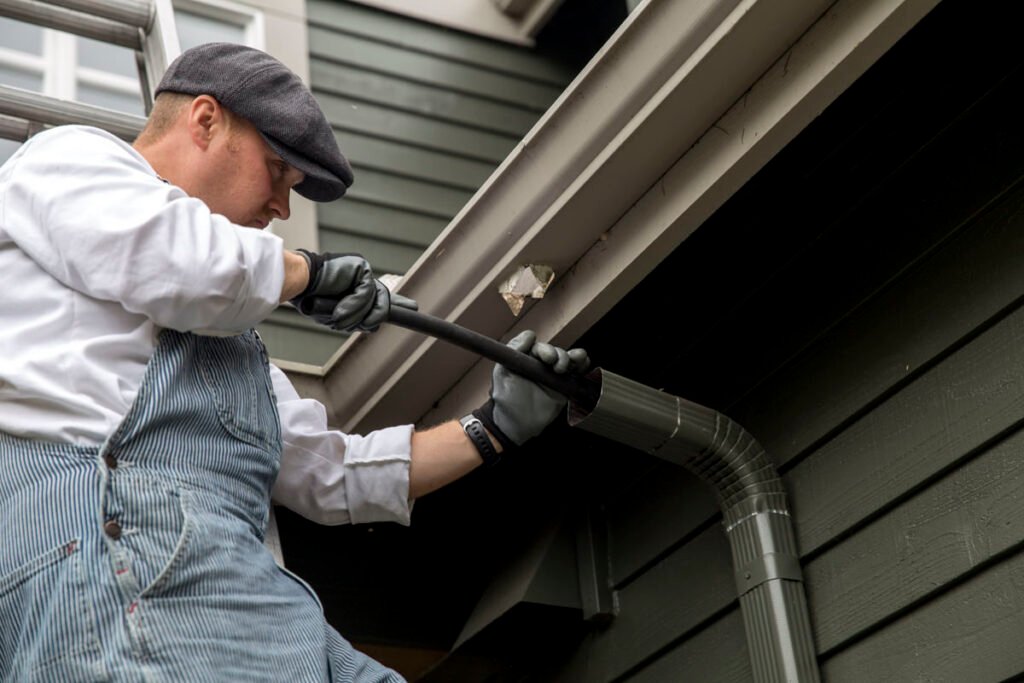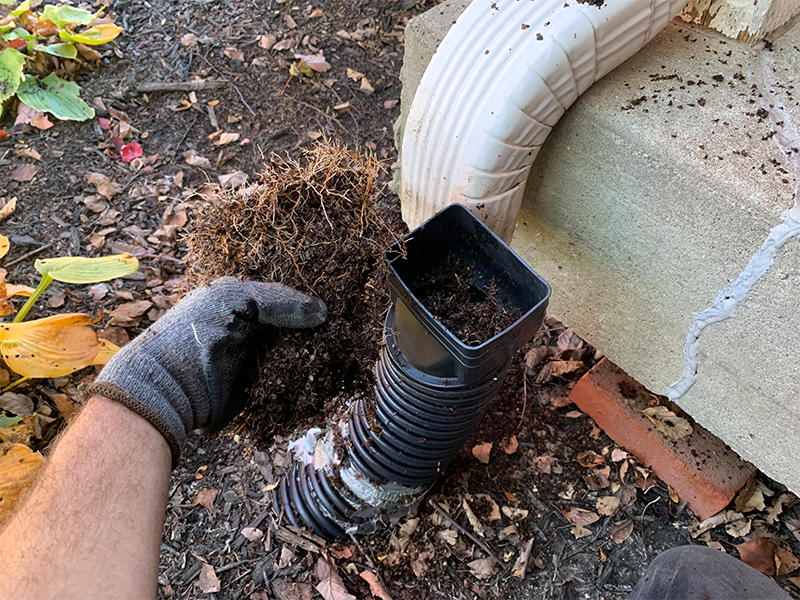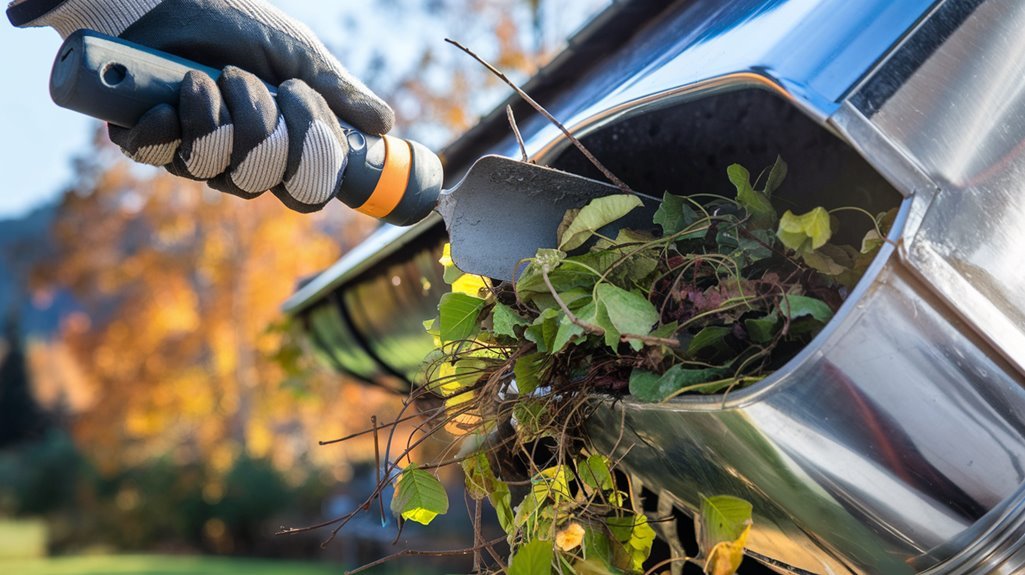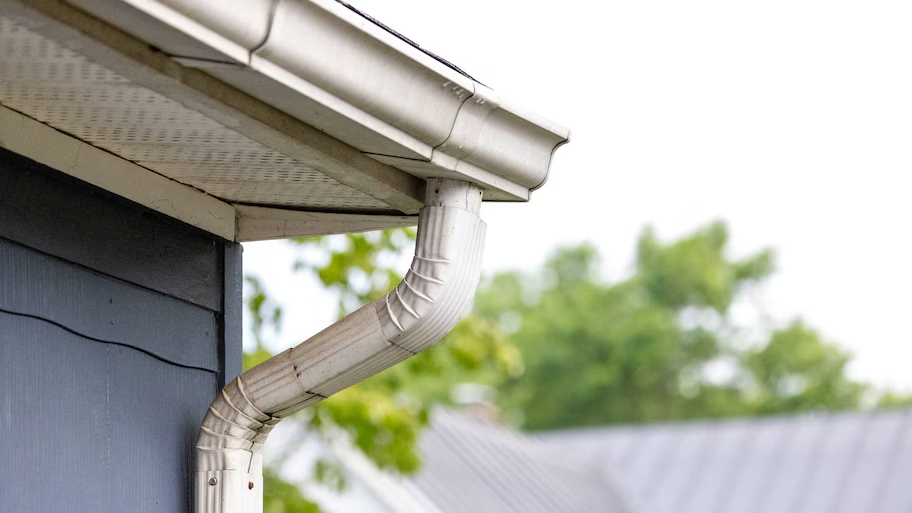Gutter downspouts are the unsung heroes of your home’s drainage system. These vertical pipes channel rainwater from your gutters to the ground, directing it safely away from your foundation, walls, and roof. But when leaf debris, twigs, or dirt clog them, the consequences can be severe—overflowing gutters, water damage, and even pest infestations. Cleaning gutter downspouts is a critical home maintenance task that every homeowner, DIY enthusiast, and professional cleaner should master.
In this comprehensive 3000+ word guide, we’ll walk you through why downspout cleaning matters, the best tools and techniques to unclog them, and pro tips to keep your gutter system in top shape. Whether you’re preventing foundation erosion or tackling a stubborn clog, this step-by-step guide will equip you with the knowledge and confidence to get the job done right. Let’s dive in!


Your gutter system is only as effective as its downspouts. When these pipes get blocked, rainwater has nowhere to go, leading to a cascade of problems. Here’s why keeping them clean is non-negotiable:
Clogged downspouts cause rainwater overflow, spilling water over the edges of your gutters. This excess water can seep into your home’s walls, basement, or crawlspace, causing leaks, mold growth, and structural damage. Worse yet, if water pools near your foundation, it can erode the soil, leading to cracks and costly repairs. A single heavy rainstorm with blocked downspouts could set off a chain reaction of damage—cleaning them is your first line of defense.
Downspouts are designed to move water quickly and efficiently away from your home. When they’re clear, rainwater flows smoothly through the system and exits via extensions or splash blocks, keeping your yard dry and your home safe. A clogged downspout disrupts this flow, turning your gutters into overflowing buckets during storms. Regular cleaning ensures optimal drainage, especially during peak rainy seasons.
Stagnant water and decaying debris in clogged gutters create a breeding ground for pests like mosquitoes, rodents, and carpenter ants. Add in the damp conditions, and you’ve got the perfect recipe for mold and mildew to thrive. These issues don’t just affect your gutters—they can spread to your roof, attic, or walls, posing health risks and repair headaches. Cleaning your downspouts eliminates these hazards, keeping your home healthy and pest-free.
A well-maintained gutter system lasts longer. When downspouts are clogged, the extra weight from trapped water and debris strains the gutters, brackets, and seams. Over time, this can lead to rust, cracks, or detachment. Routine cleaning prevents premature wear and tear, saving you from expensive replacements.
By prioritizing downspout maintenance, you’re investing in your home’s longevity and avoiding the domino effect of neglect. Now, let’s get to the actionable steps!
Cleaning gutter downspouts doesn’t require advanced skills—just the right tools, a methodical approach, and a bit of elbow grease. Follow these six steps to unclog your downspouts and restore proper drainage.
Preparation is key to a safe and efficient cleaning job. Here’s what you’ll need:
With your toolkit ready, you’re set to start cleaning!
Before you dive in, assess the situation:
Take note of problem areas—you’ll target them in the next steps.
Clearing the gutters ensures debris doesn’t slide into the downspout during flushing:
Compost organic debris like leaves and twigs, but toss non-biodegradable items (shingle grit, plastic bits) in the trash.
Now, test the downspout’s flow:
This step often clears minor blockages like small leaves or dirt. For tougher clogs, keep reading!
When water won’t budge the clog, it’s time for heavy-duty tools:
Patience is key—stubborn clogs might take a few tries to fully clear.
Once the clog is gone, wrap up the job:
A steady stream exiting the downspout means you’ve nailed it!


Cleaning is just the start—here’s how to keep your downspouts clog-free year-round:
Schedule cleanings in spring (after pollen and blossoms fall) and fall (after leaves drop). These are peak debris seasons, so staying ahead prevents buildup.
Gutter guards reduce debris entry by 70-90%, cutting down on cleaning frequency. Choose a durable material like aluminum or stainless steel for longevity.
Every 3-6 months, give your downspouts a thorough flush with a pressure washer. This removes sediment and small particles that hoses miss.
Ensure extensions direct water 5-10 feet from your foundation. If they’re too short, add a splash block or flexible extension to prevent erosion.
Branches dropping leaves and twigs are clog culprits. Trim them back to reduce debris falling into your gutters.
Heavy rain or wind can dump debris into your gutters overnight. Do a quick visual check post-storm and clear any buildup.
With these habits, your gutter system will stay functional and low-maintenance.
Even with regular cleaning, issues can pop up. Here’s how to handle them:
Addressing these early keeps small problems from turning into big ones.
DIY cleaning works for most clogs, but some scenarios need expert intervention:
For top-tier gutter cleaning in Auckland, reach out to My Homes Construct Ltd at +64 22 315 8987. Their team delivers fast, reliable service to keep your gutters flowing. Get a Free Quote Today!
Invest in quality gear for easier maintenance:
Shop local hardware stores or online retailers like Amazon for these essentials.
Cleaning gutter downspouts is a straightforward yet vital task that protects your home from water damage, foundation issues, and pest problems. With a ladder, garden hose, plumber’s snake, and these step-by-step instructions, you can unclog downspouts and maintain proper drainage like a seasoned pro. Regular upkeep—twice-yearly cleanings, gutter guards, and post-storm checks—ensures your gutter system performs flawlessly for years.
Don’t let clogged downspouts dampen your home’s safety. Grab your tools, follow this guide, and enjoy the peace of mind that comes with a well-maintained gutter system. Ready for the next rain? You are now!
WhatsApp us